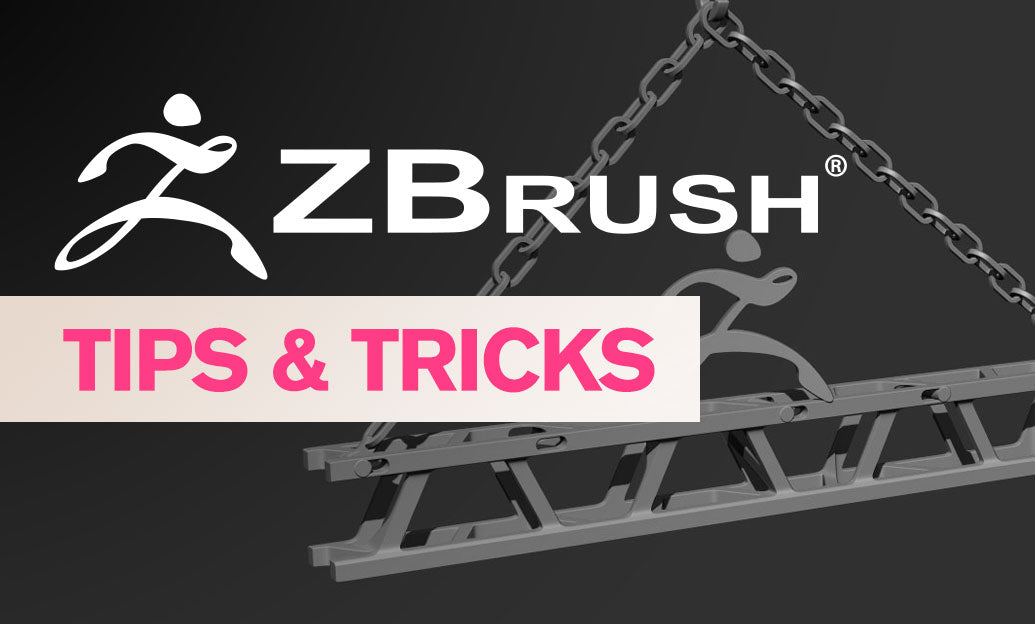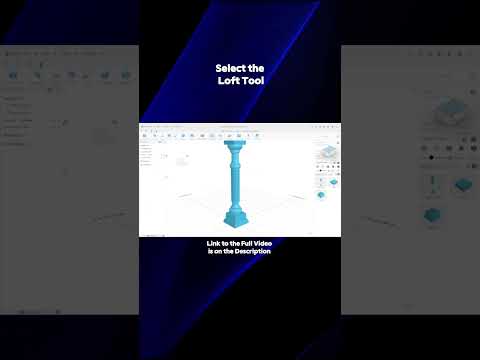Your Cart is Empty
Customer Testimonials
-
"Great customer service. The folks at Novedge were super helpful in navigating a somewhat complicated order including software upgrades and serial numbers in various stages of inactivity. They were friendly and helpful throughout the process.."
Ruben Ruckmark
"Quick & very helpful. We have been using Novedge for years and are very happy with their quick service when we need to make a purchase and excellent support resolving any issues."
Will Woodson
"Scott is the best. He reminds me about subscriptions dates, guides me in the correct direction for updates. He always responds promptly to me. He is literally the reason I continue to work with Novedge and will do so in the future."
Edward Mchugh
"Calvin Lok is “the man”. After my purchase of Sketchup 2021, he called me and provided step-by-step instructions to ease me through difficulties I was having with the setup of my new software."
Mike Borzage
ZBrush Tip: Maximizing Texture Realism with ZBrush Surface Palette Techniques
January 17, 2025 2 min read

Enhancing your textures in ZBrush can significantly elevate the realism and detail of your models. The Surface Palette is a powerful tool that allows for precise texture editing, enabling artists to achieve intricate surface details with ease. Here are some techniques to make the most out of the Surface Palette:
- Accessing the Surface Palette: Navigate to the Surface section in the right-hand menu. This area provides various options for applying and manipulating textures directly on your model.
- Applying Predefined Textures: Utilize the built-in materials and textures to quickly apply surface details. Experiment with different presets to see which best complements your model's design.
- Custom Texture Creation: Import your own textures by clicking on the Import button within the Surface Palette. This allows for greater customization and the ability to match specific design requirements.
- Adjusting Texture Attributes: Fine-tune texture properties such as scale, rotation, and opacity. These adjustments help in blending textures seamlessly with your model’s existing surfaces.
- Layer Management: Use the Layers feature to apply multiple textures non-destructively. This enables you to experiment with different texture combinations without permanently altering your base model.
- Dynamic Texturing with Noise: Incorporate noise patterns to add subtle variations to your textures. This technique is ideal for creating natural-looking surfaces like skin, fabric, or rocky terrains.
- Material Blending: Combine different materials to achieve complex surface effects. By layering materials, you can mimic real-world materials more accurately.
- UV Mapping Integration: Ensure your textures align correctly by integrating UV maps. Proper UV mapping allows for precise placement of textures, enhancing the overall look of your model.
- Utilizing Masks: Apply masks to restrict texture changes to specific areas of your model. This level of control is essential for maintaining detail and preventing unintended texture application.
- Exporting Textured Models: Once satisfied with your texture edits, export your model with the applied textures for use in other 3D applications or for rendering purposes.
For more advanced techniques and resources on texture editing, consider exploring the offerings from NOVEDGE. They provide a range of tutorials, plugins, and support services designed to help artists maximize their productivity and creativity in ZBrush.
Integrating the Surface Palette into your workflow can streamline the texture editing process, allowing you to achieve professional-grade results efficiently. By leveraging these tips and utilizing resources like NOVEDGE, you can enhance the quality and realism of your 3D models, making your work stand out in any project.
You can find all the ZBrush products on the NOVEDGE web site at this page.
Also in Design News

💎 Rhino Artisan Arrives in Turkey: Revolutionizing Jewelry Design
February 27, 2025 1 min read
Read More
ZBrush Tip: Mastering Curve Surface for Unique Textures in ZBrush
February 27, 2025 2 min read
Read MoreSubscribe
Sign up to get the latest on sales, new releases and more …



